
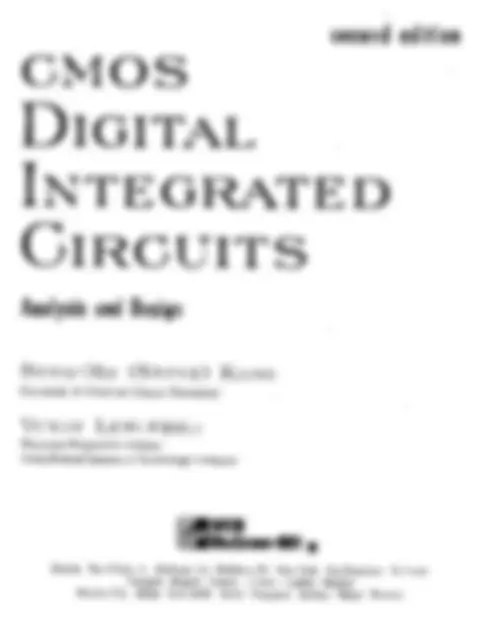
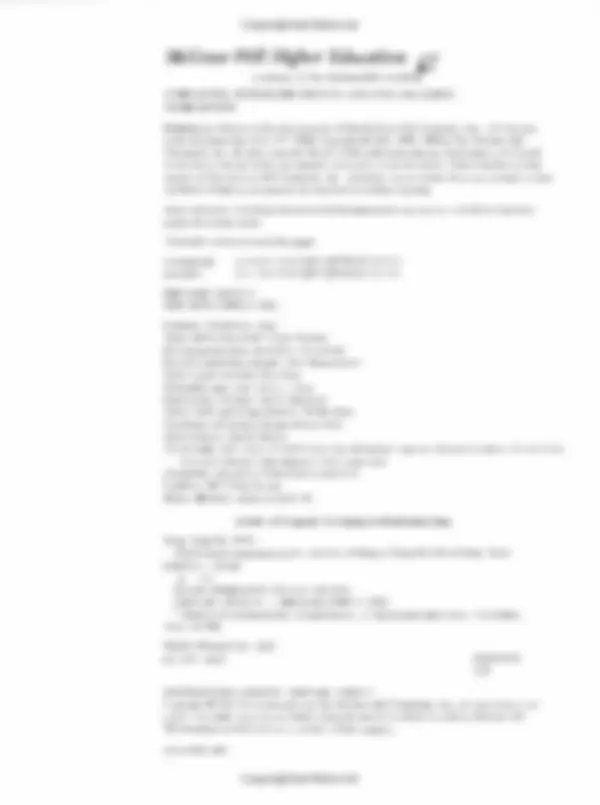
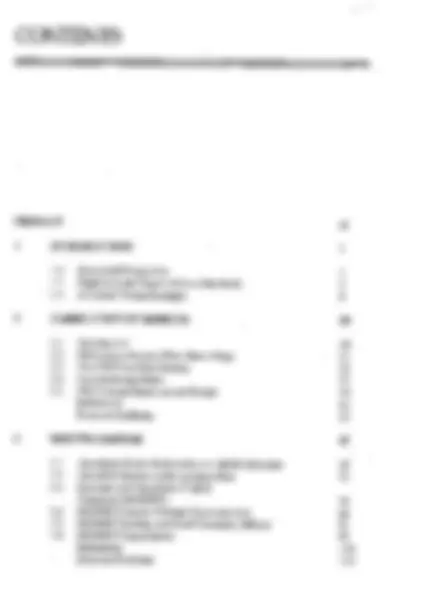
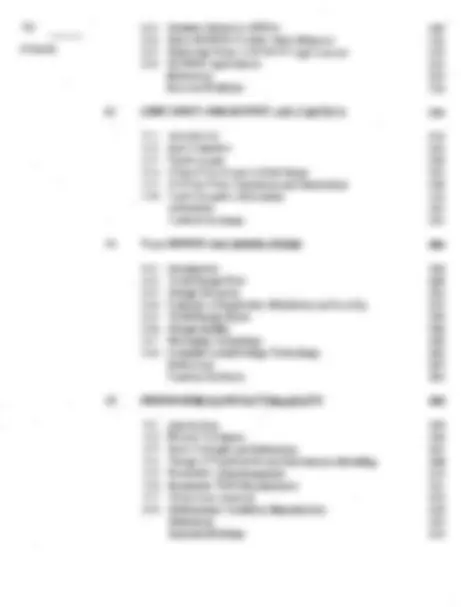
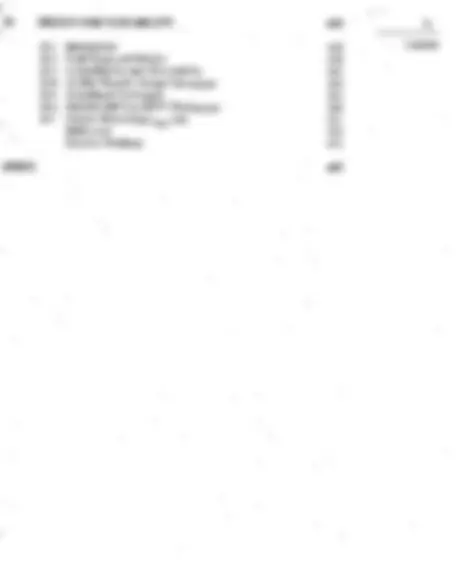
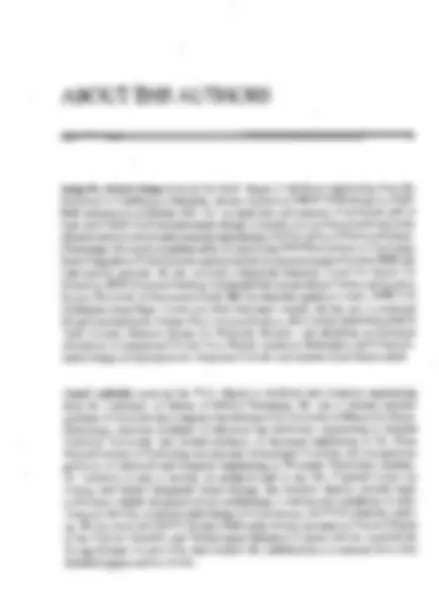
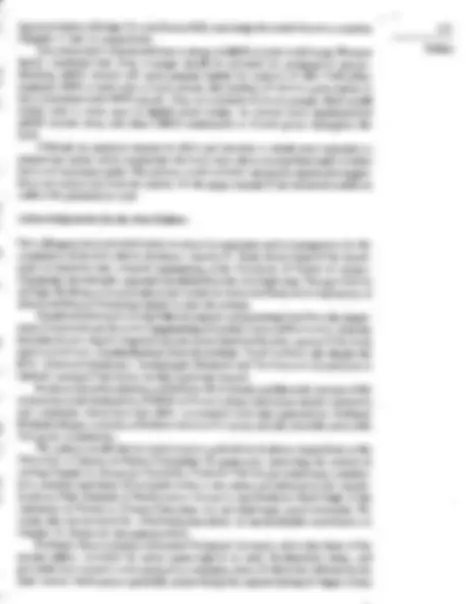
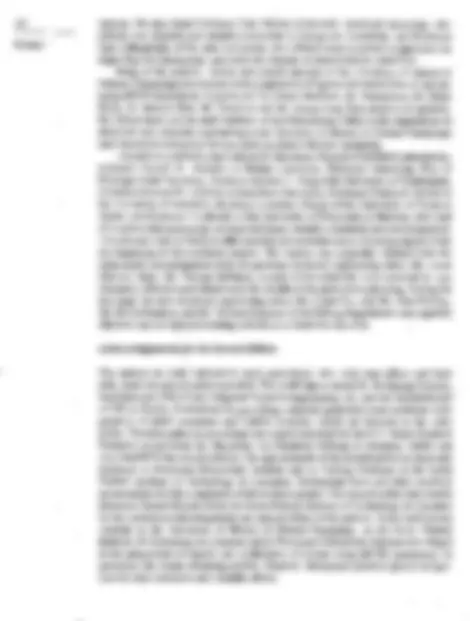
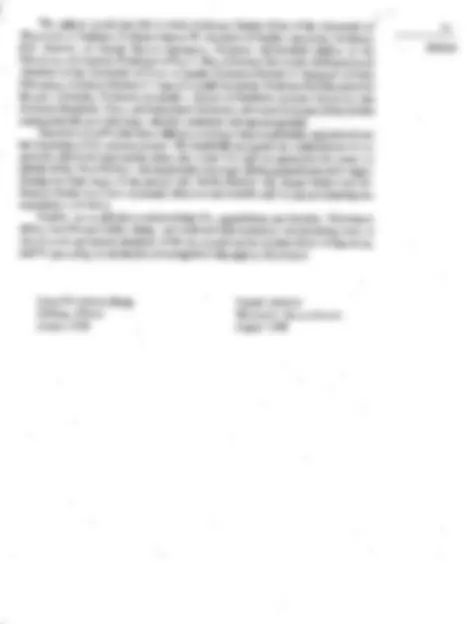
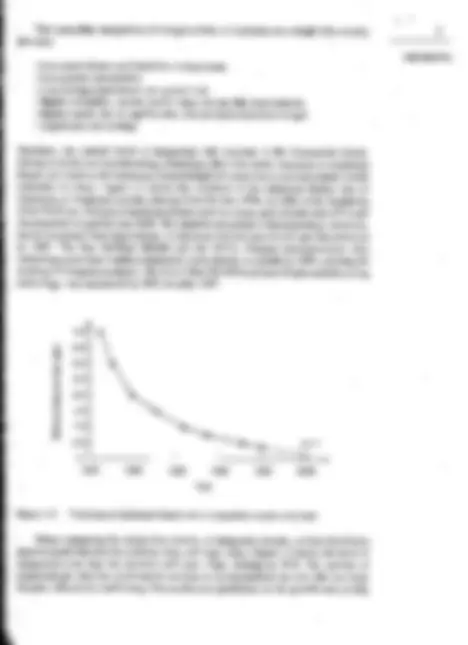

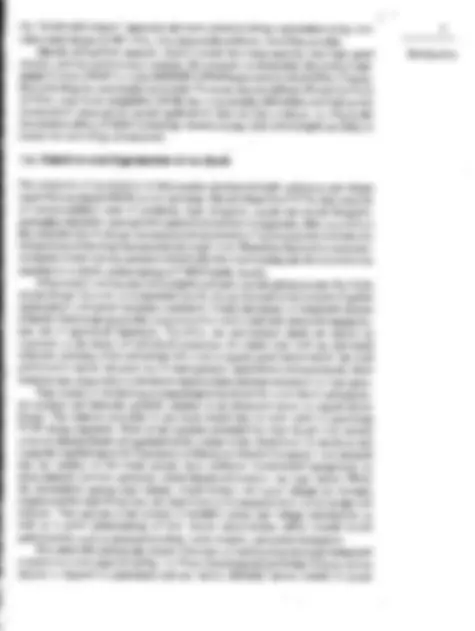
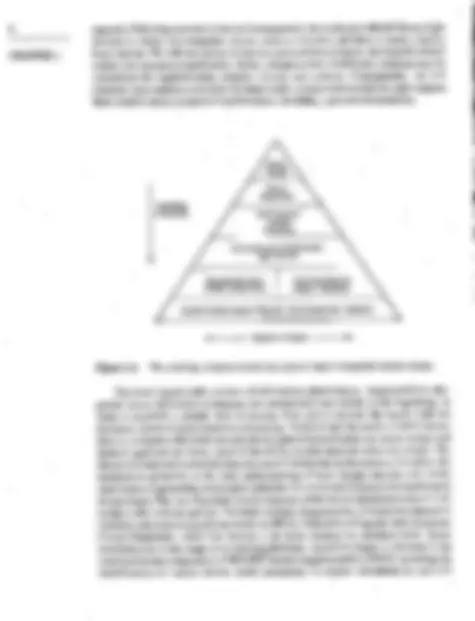
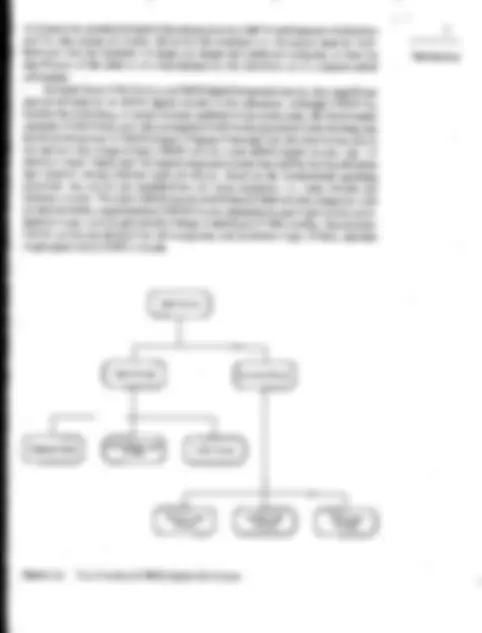
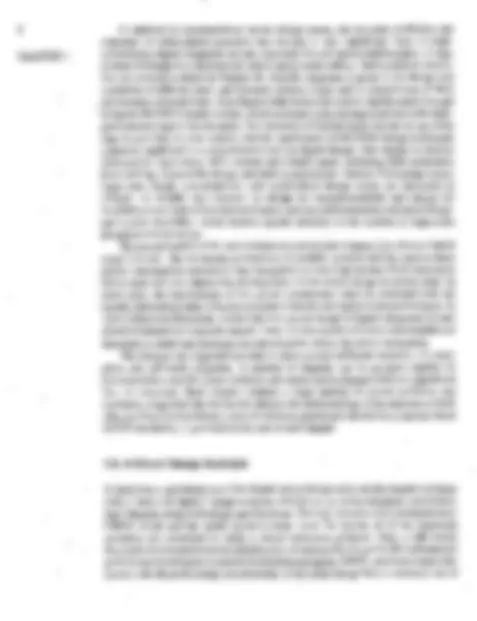
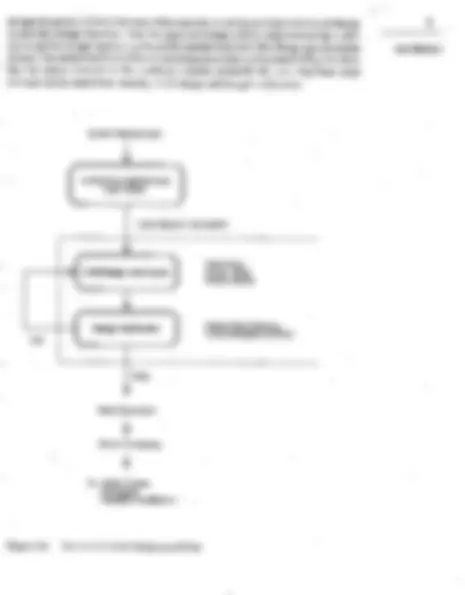
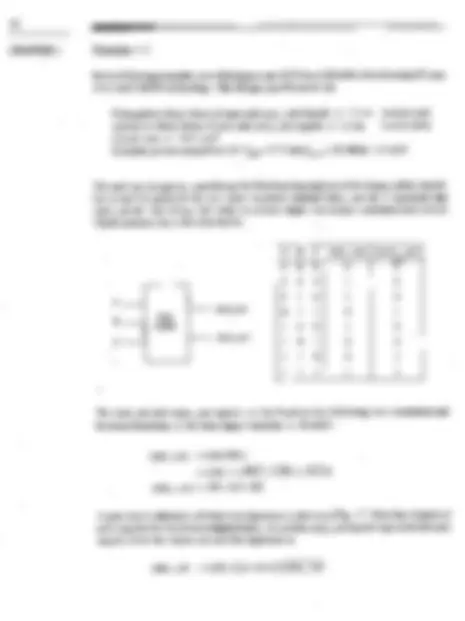
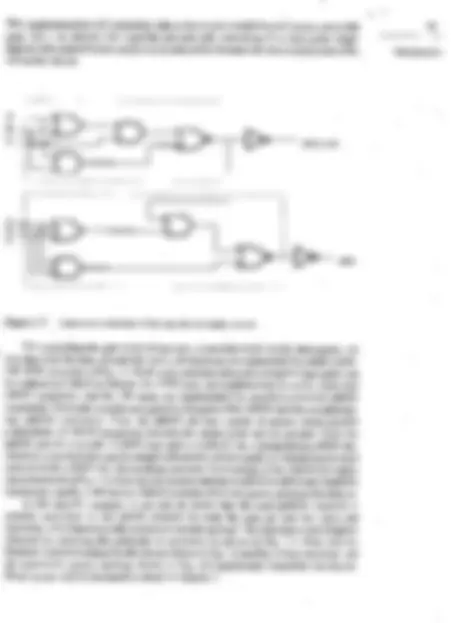
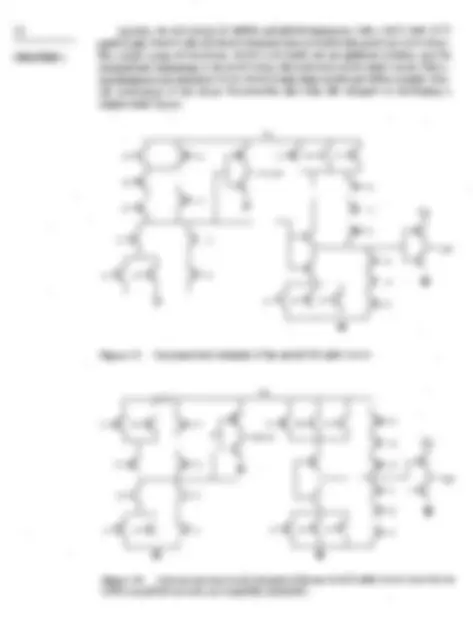
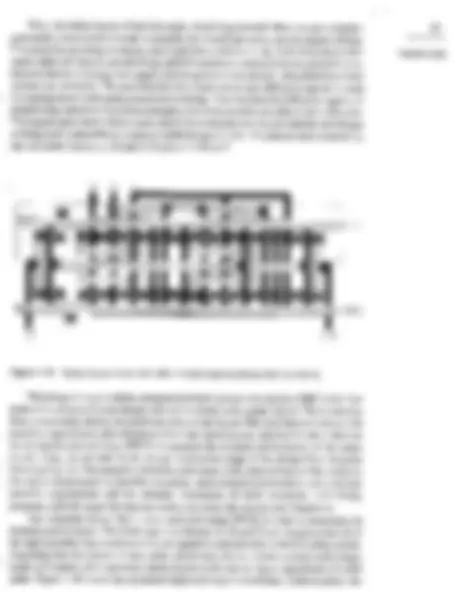
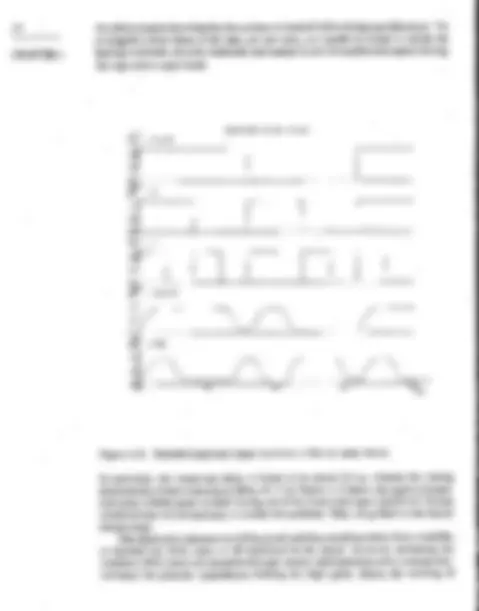
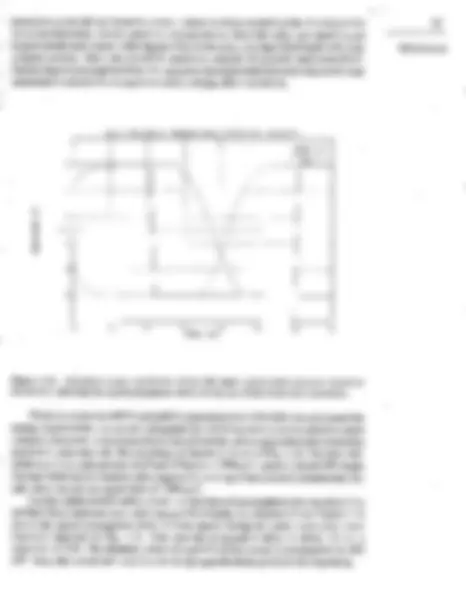
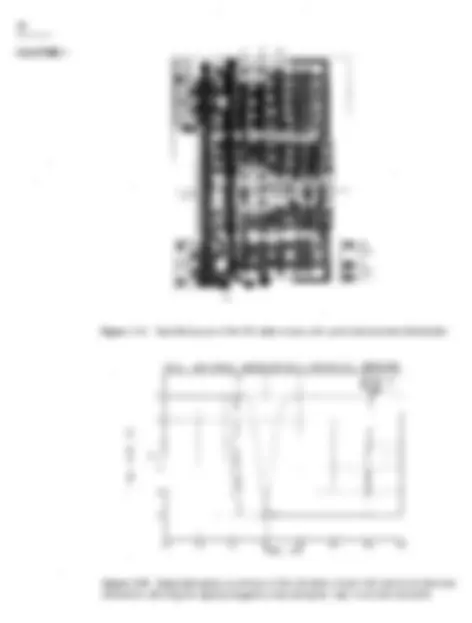
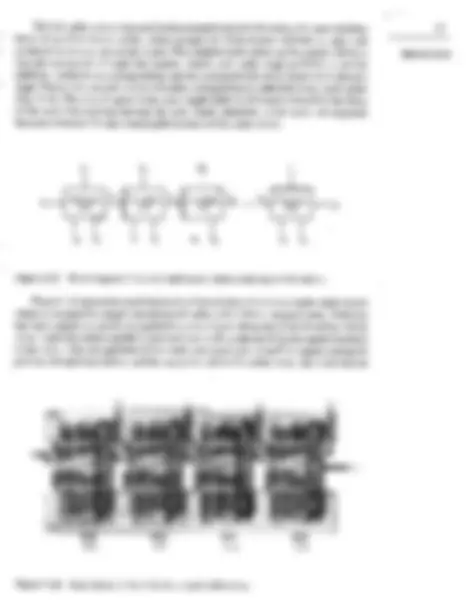
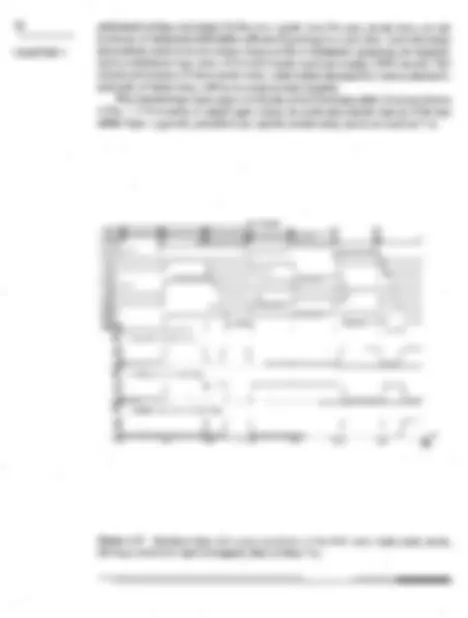
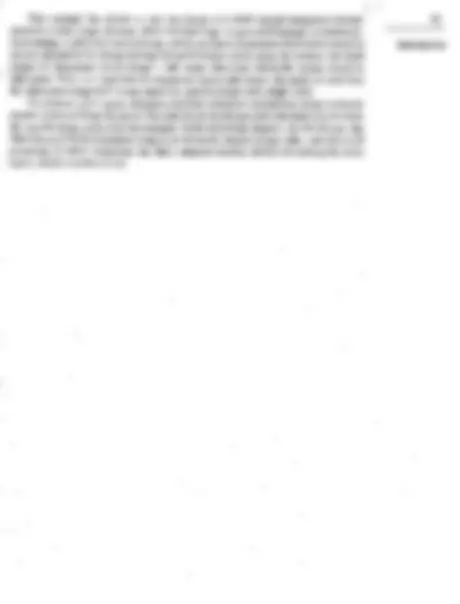
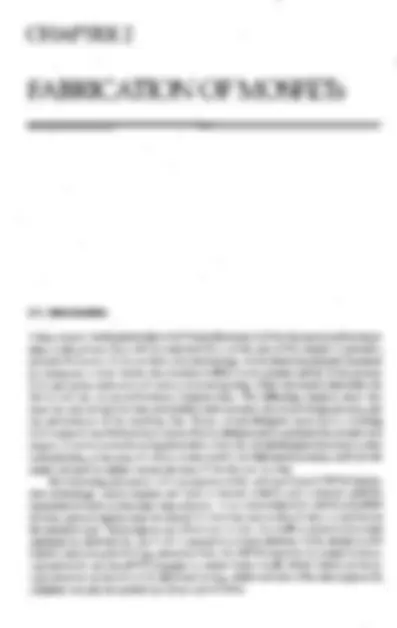
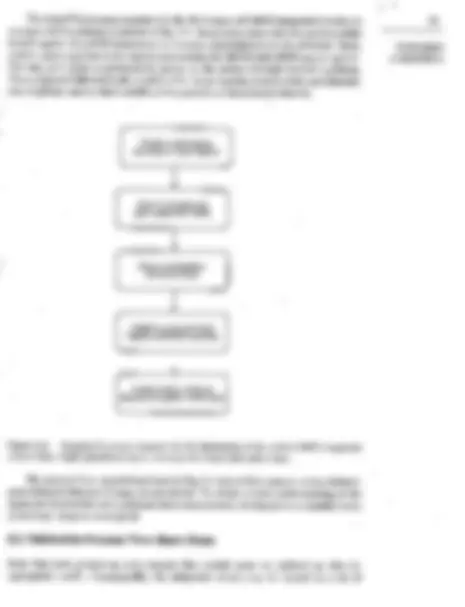
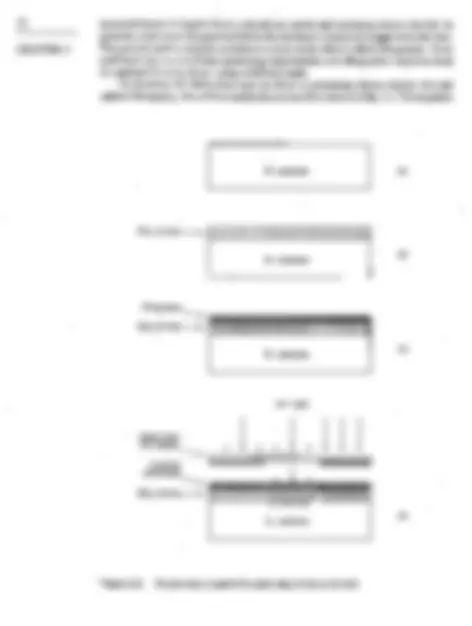
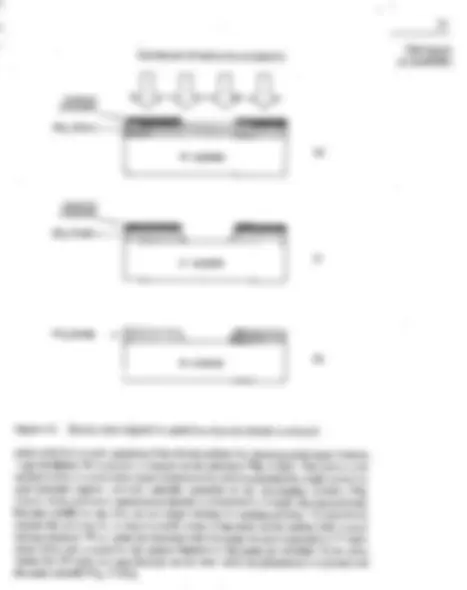
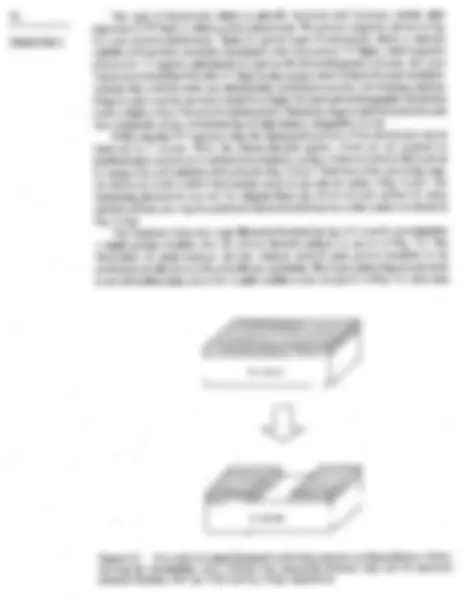
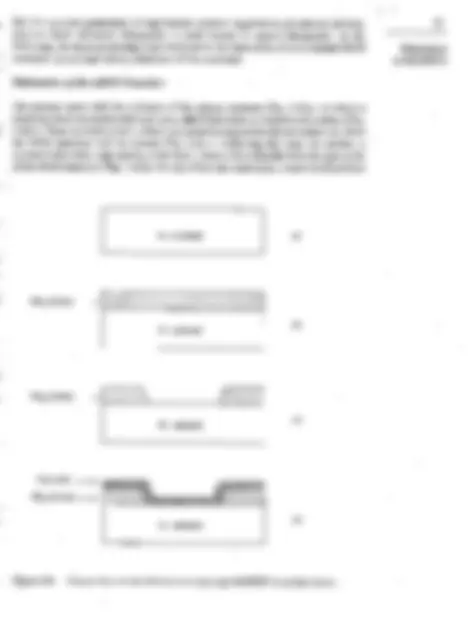
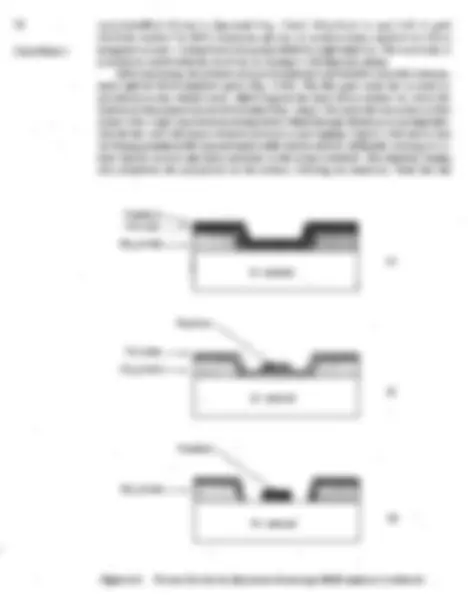
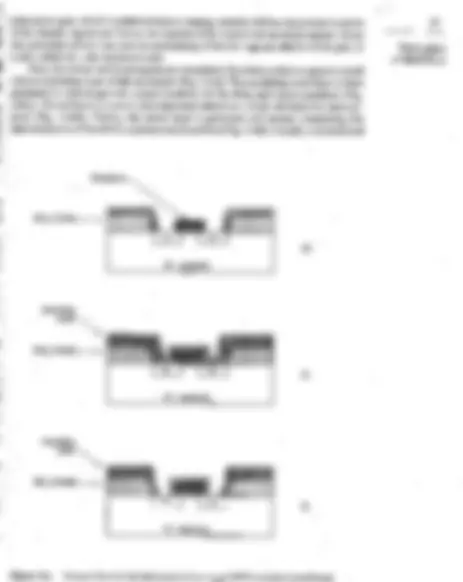
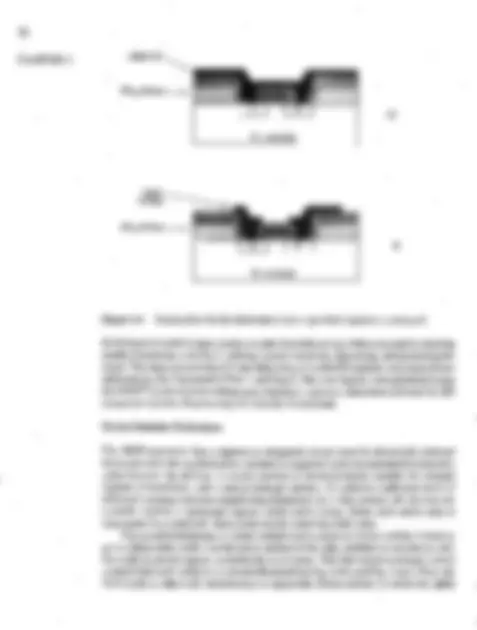
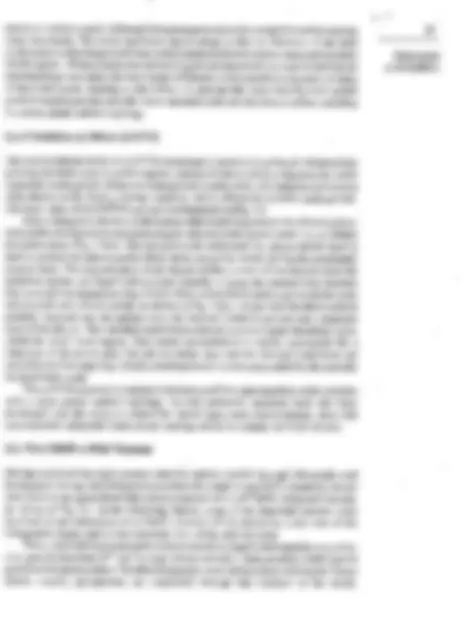
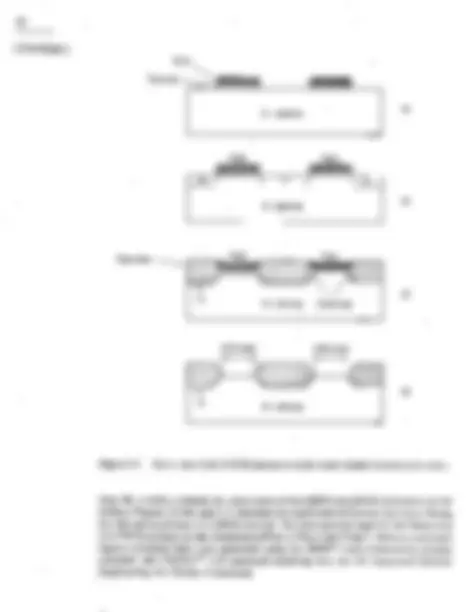
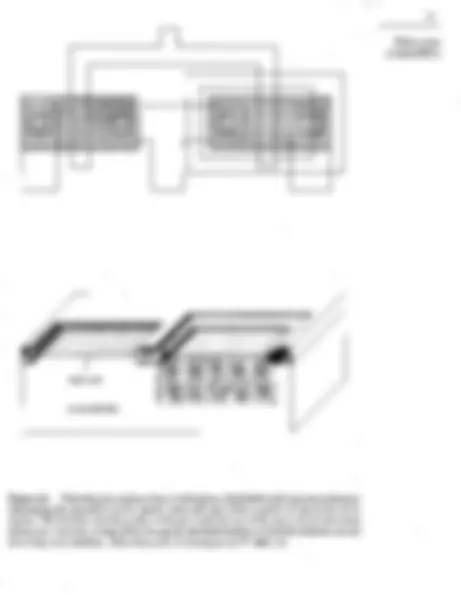
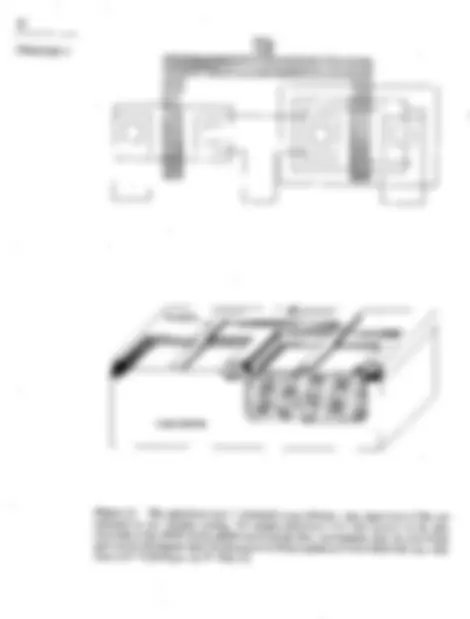
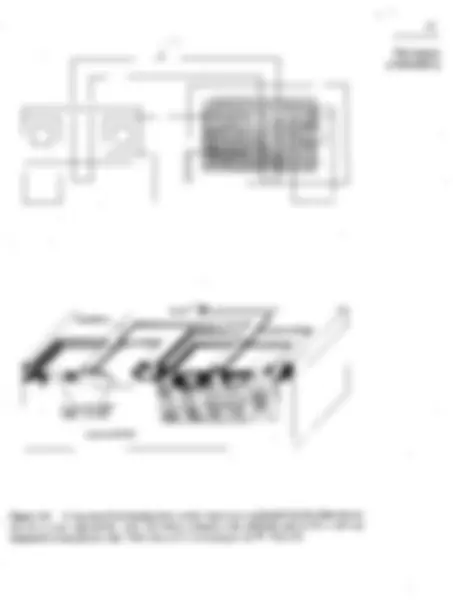
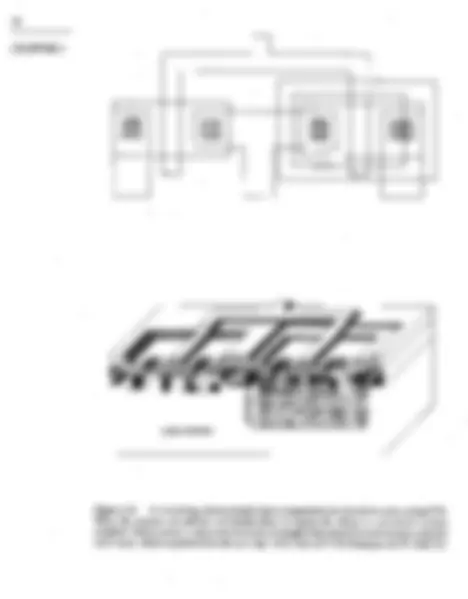

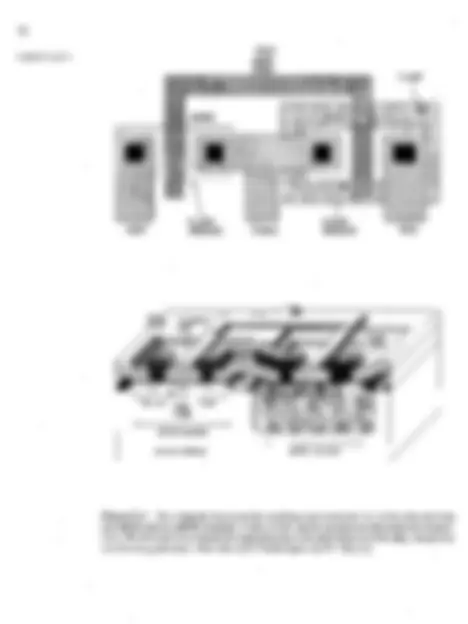
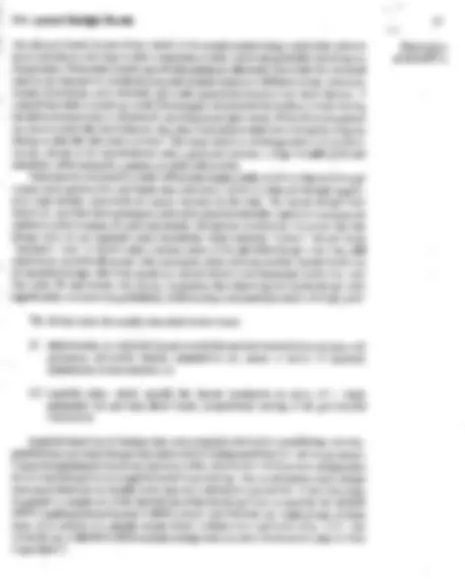
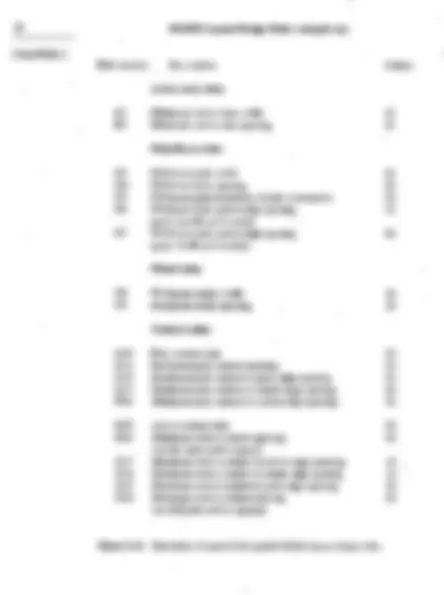
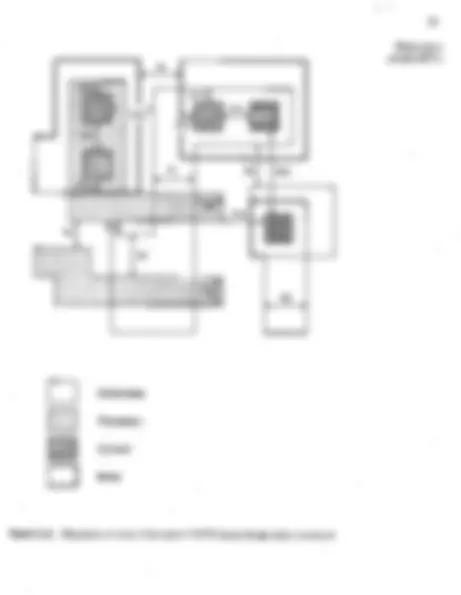
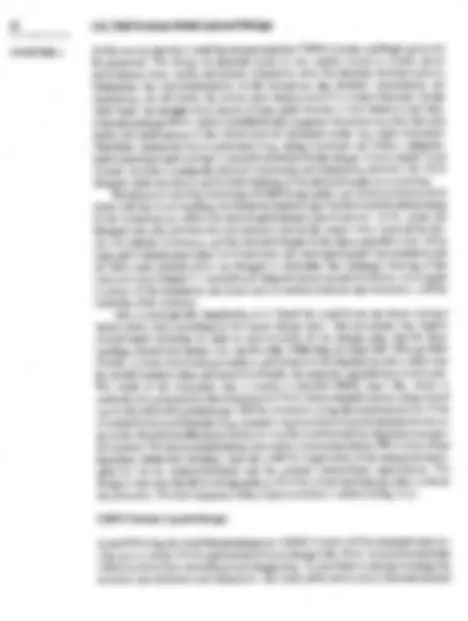
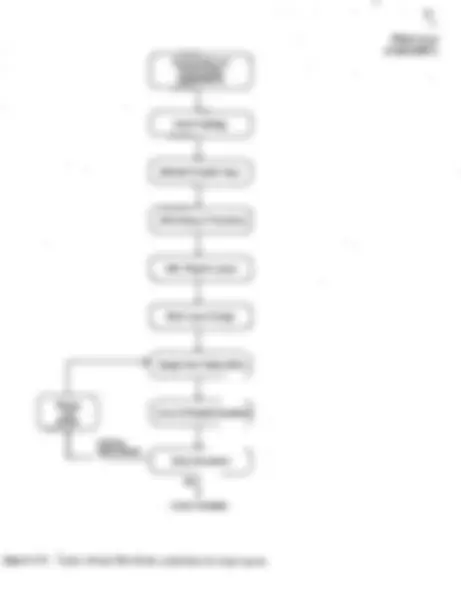
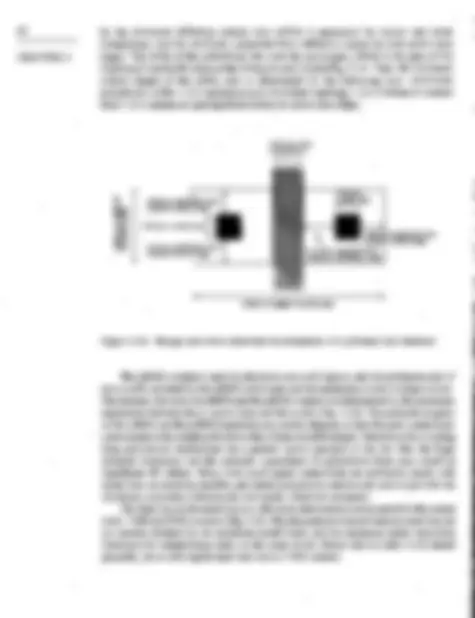
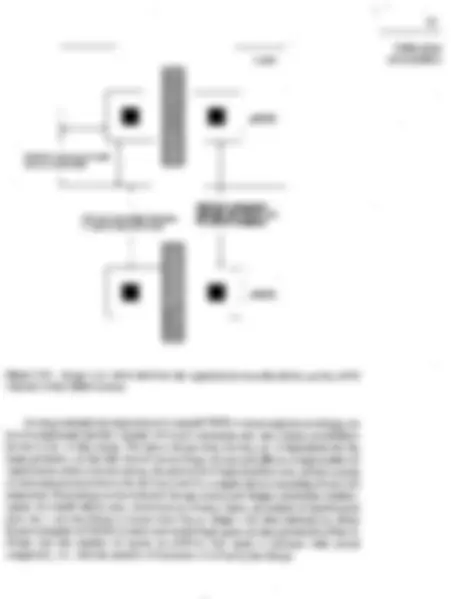
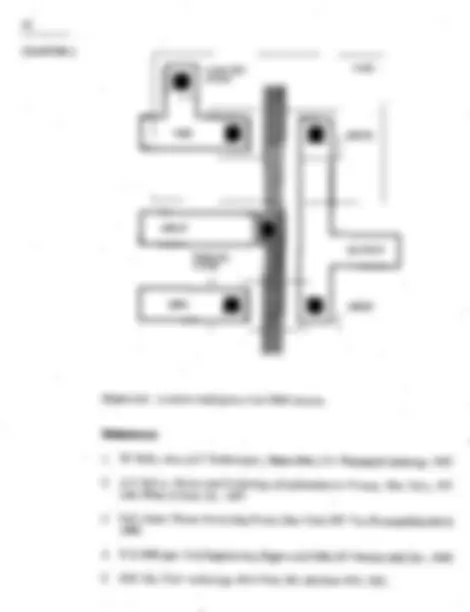
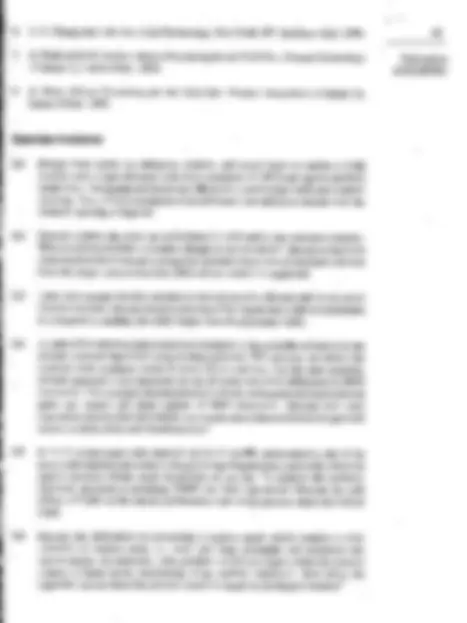

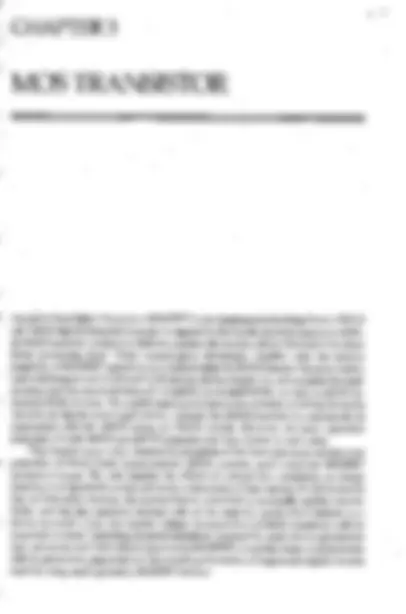
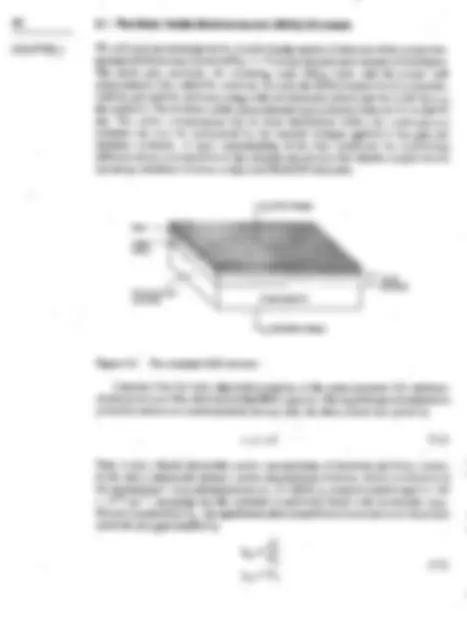
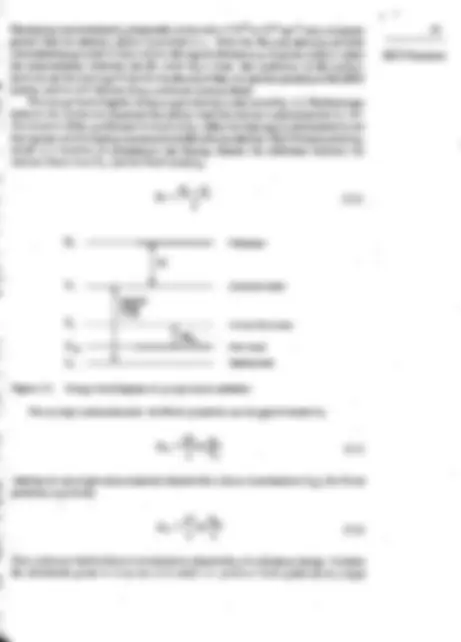
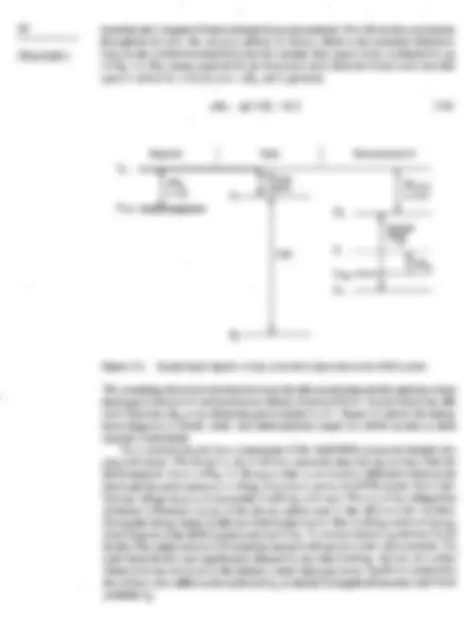
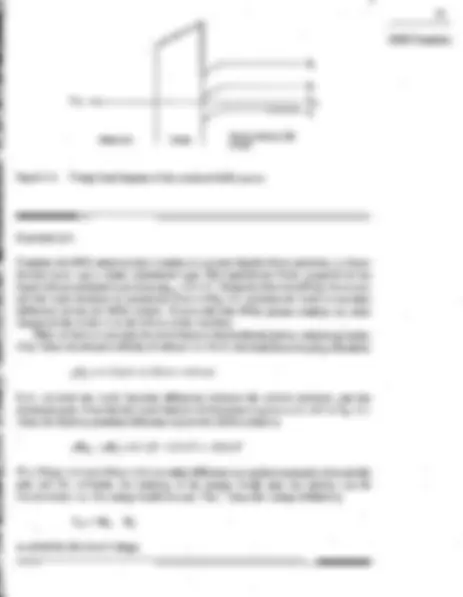
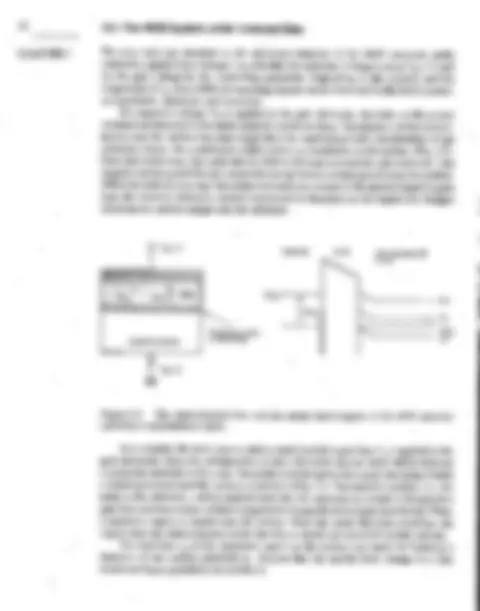
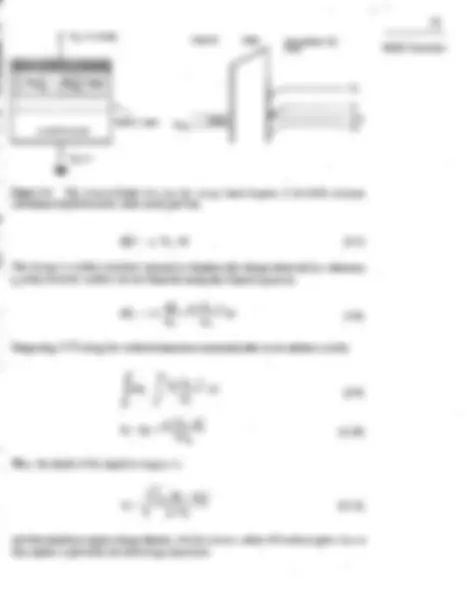
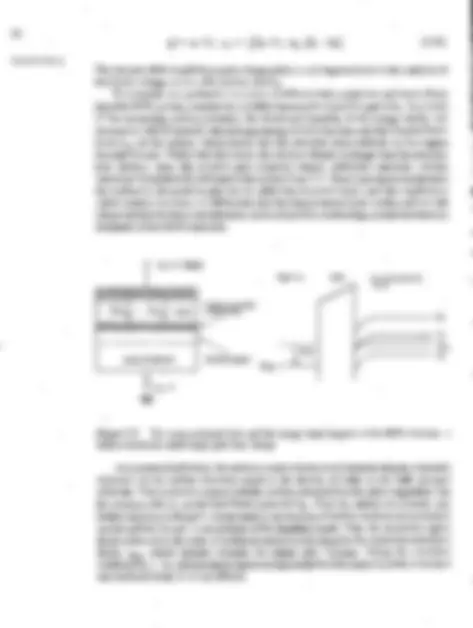
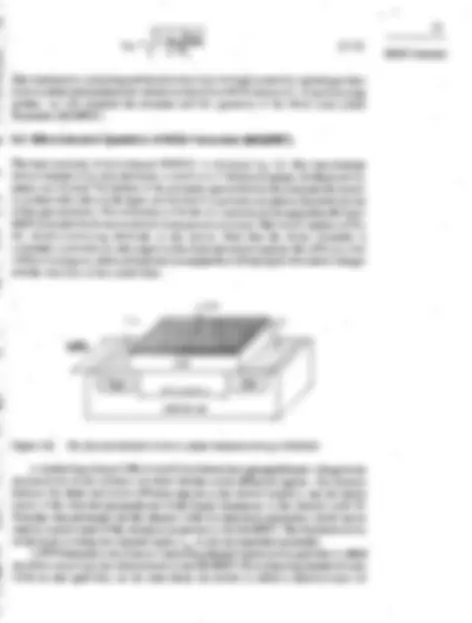
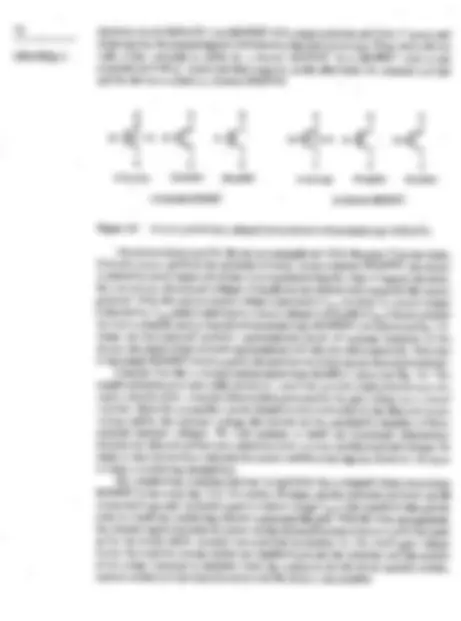
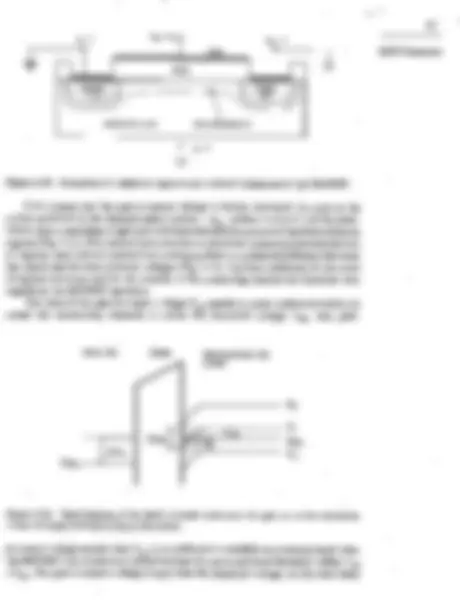
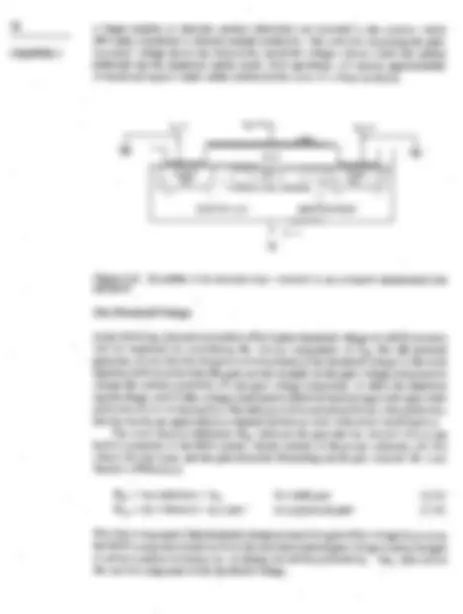
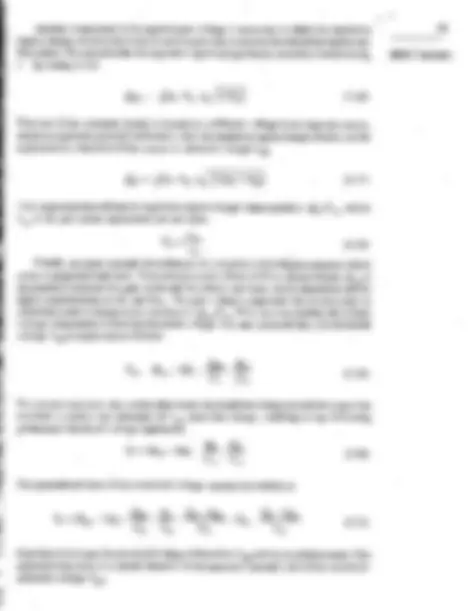
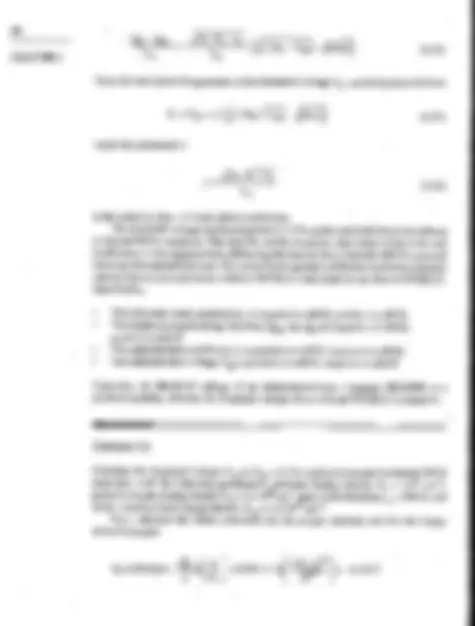
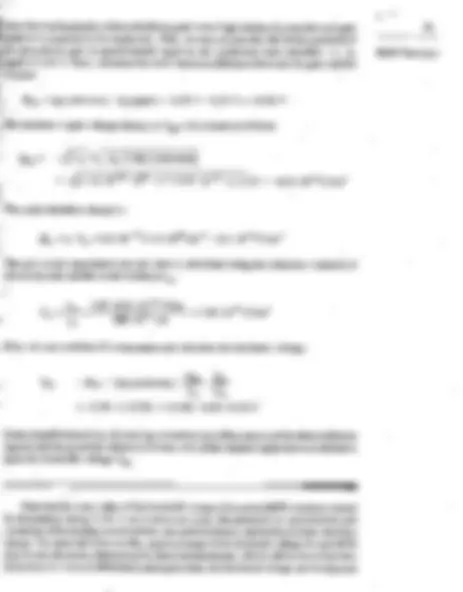
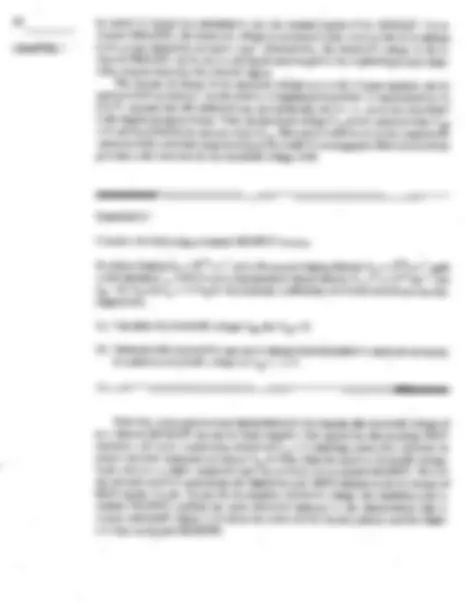
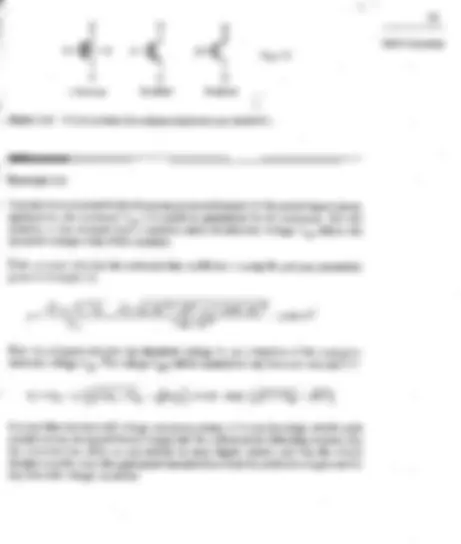
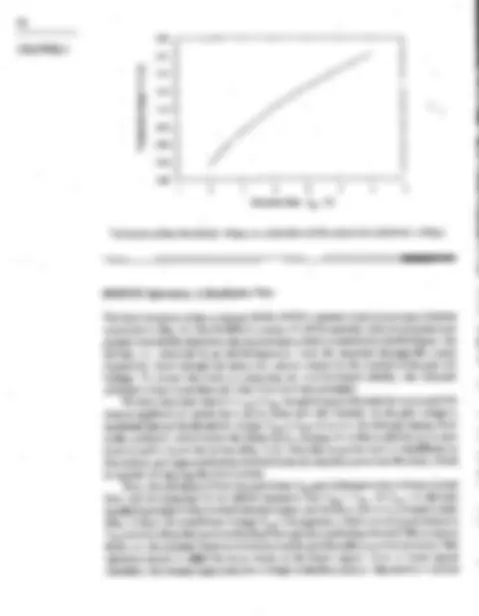
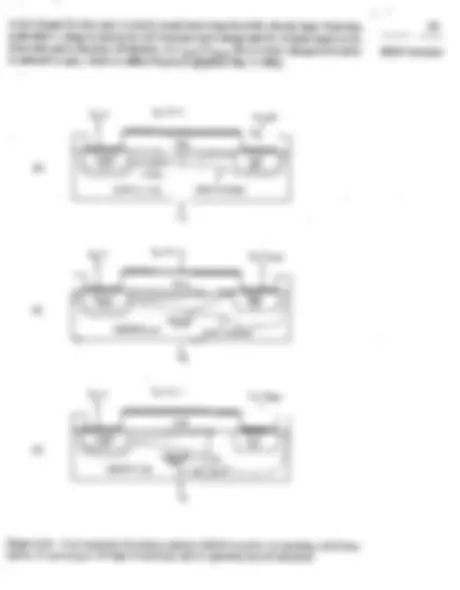
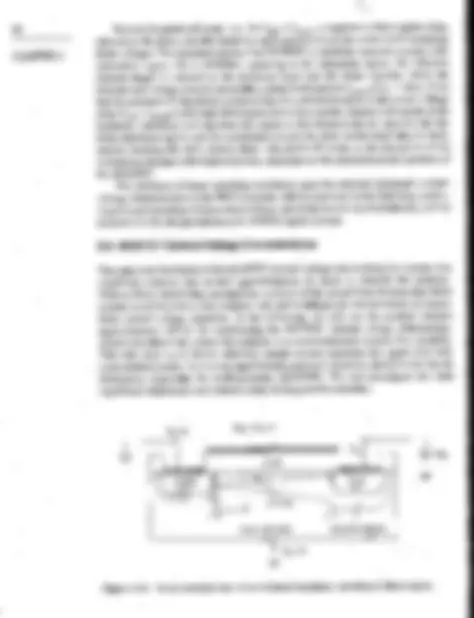
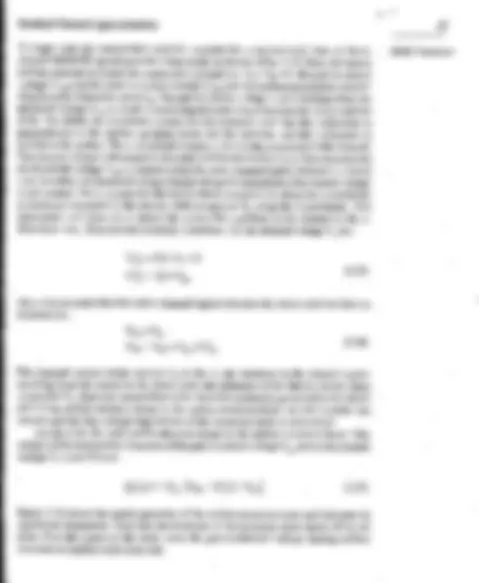
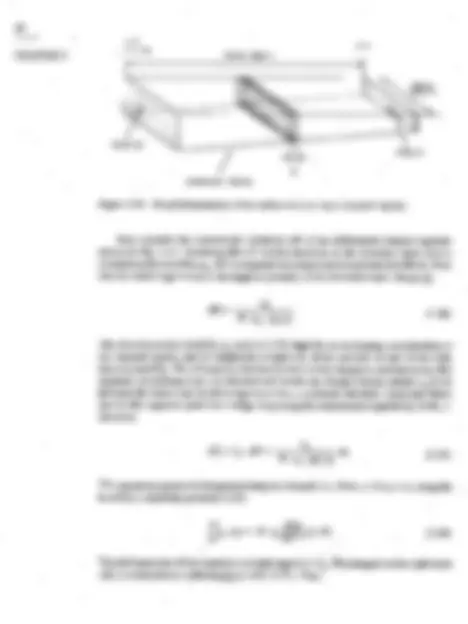
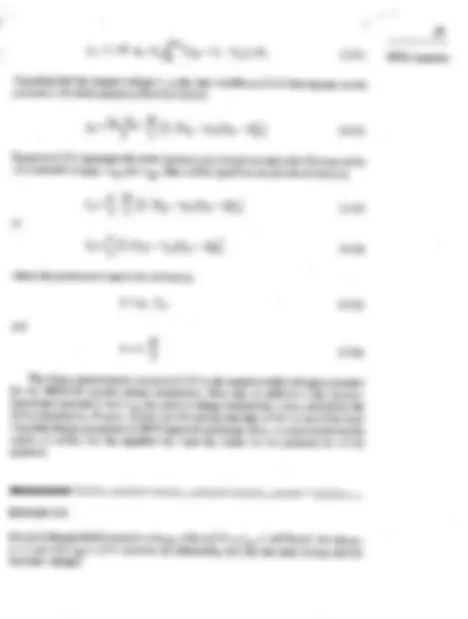
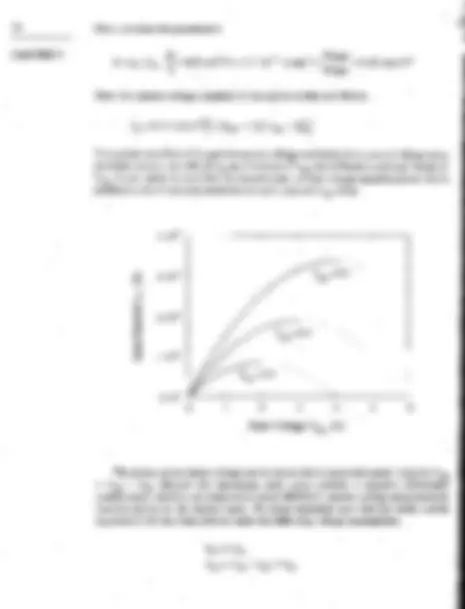
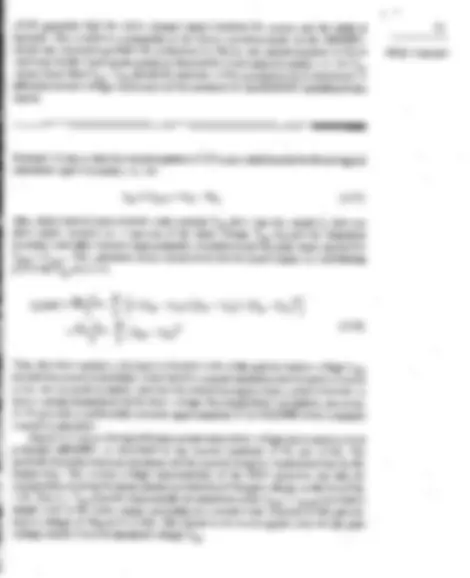
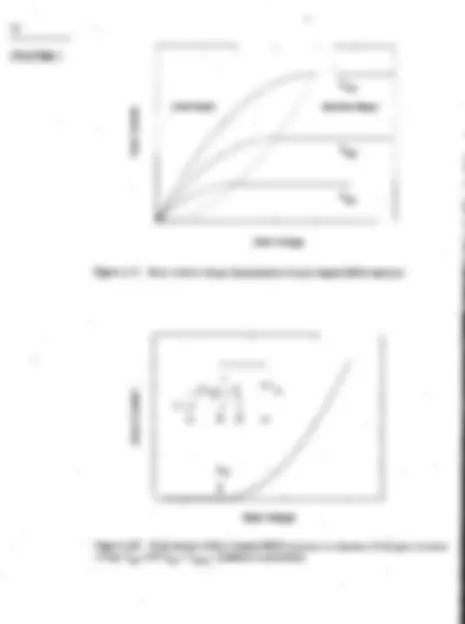
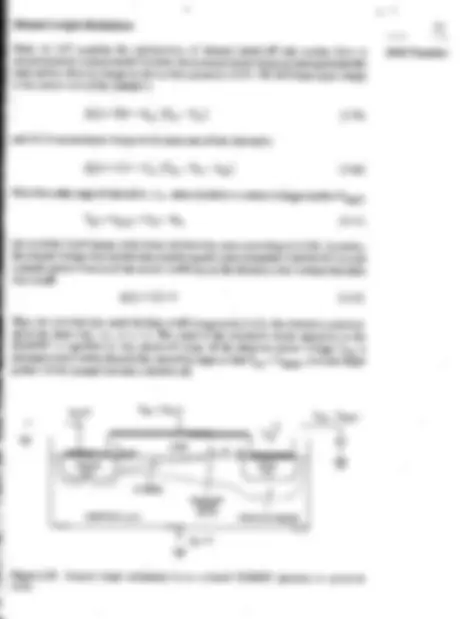
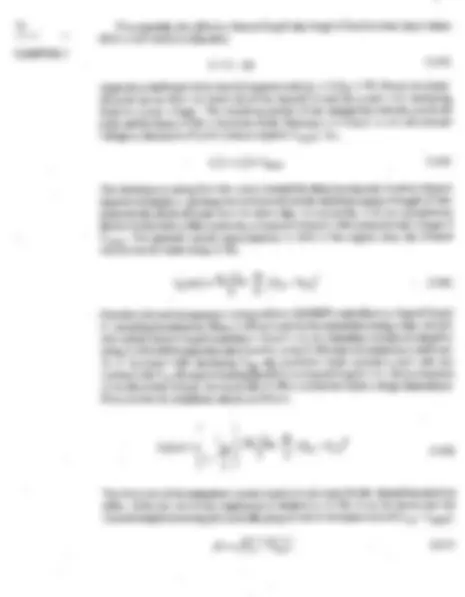
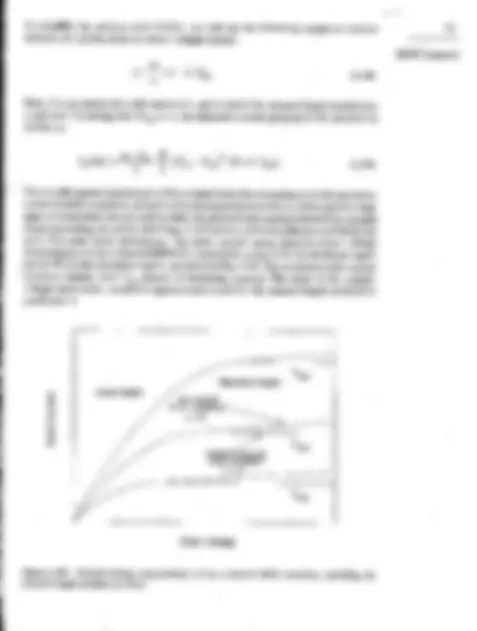
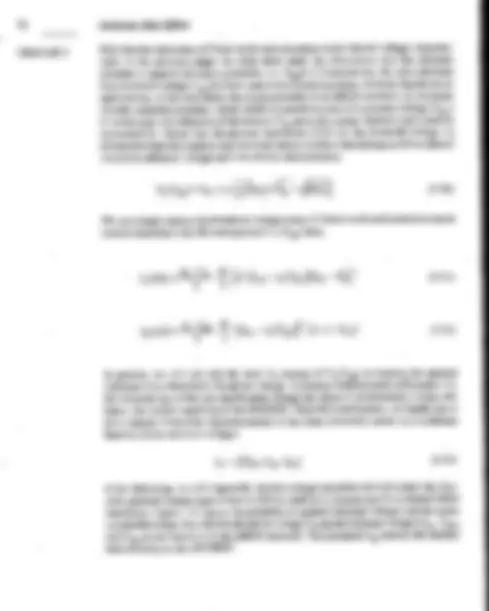
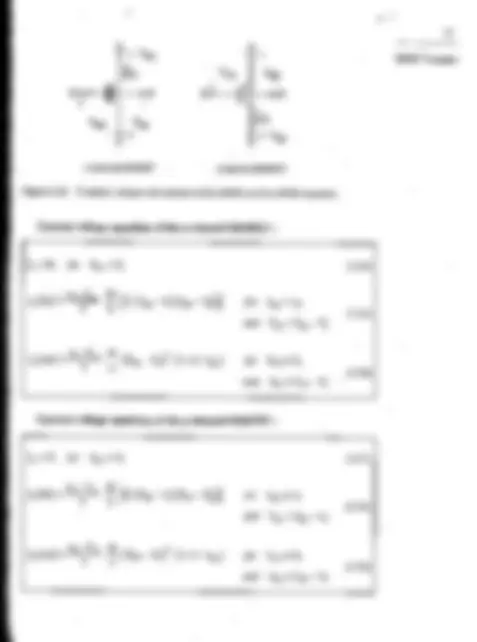
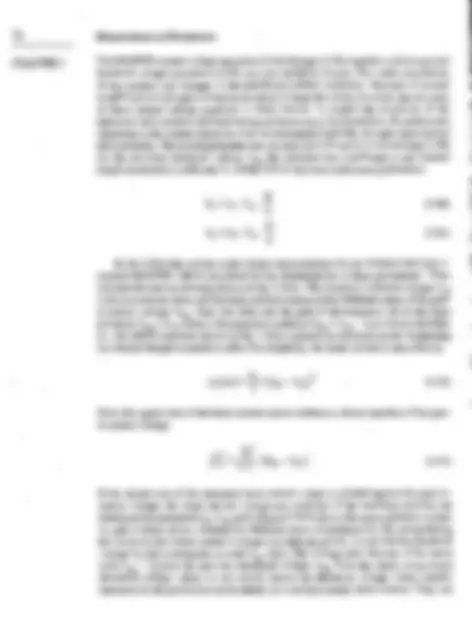
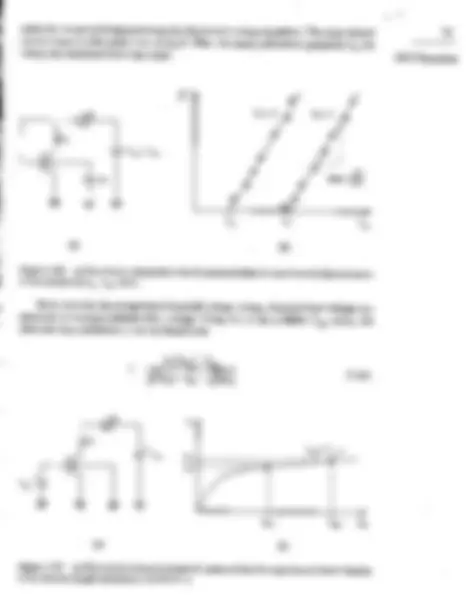
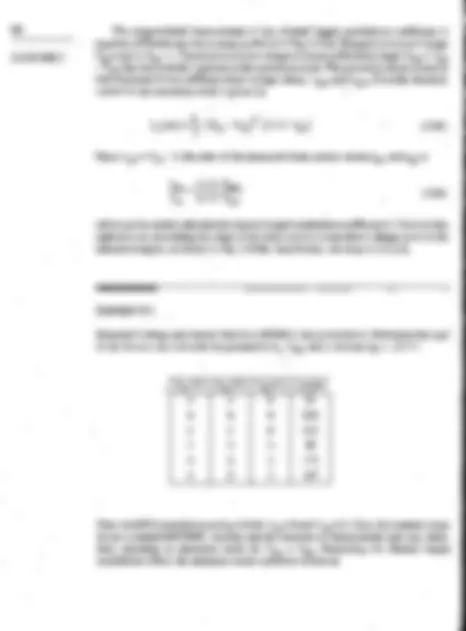
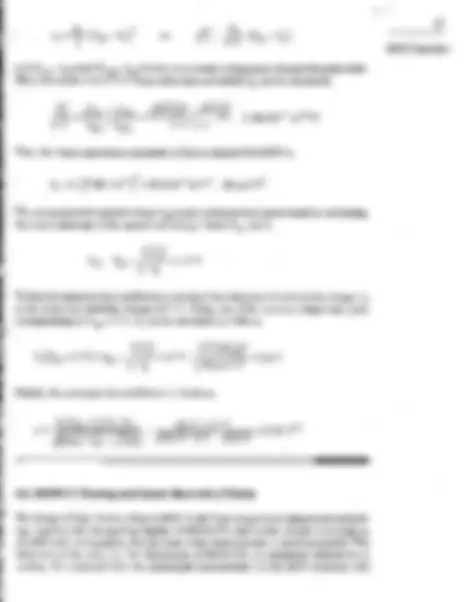
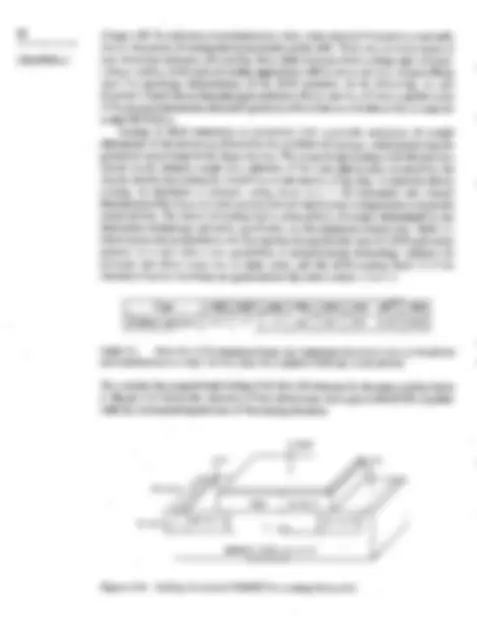
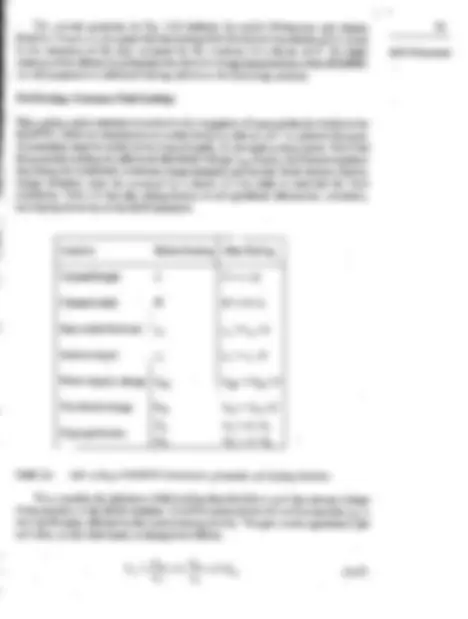
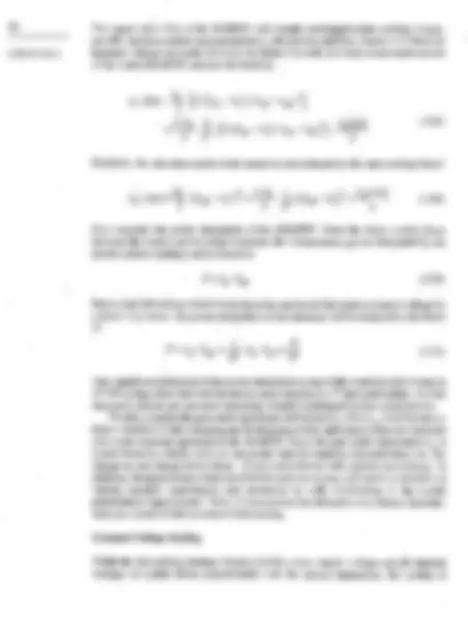
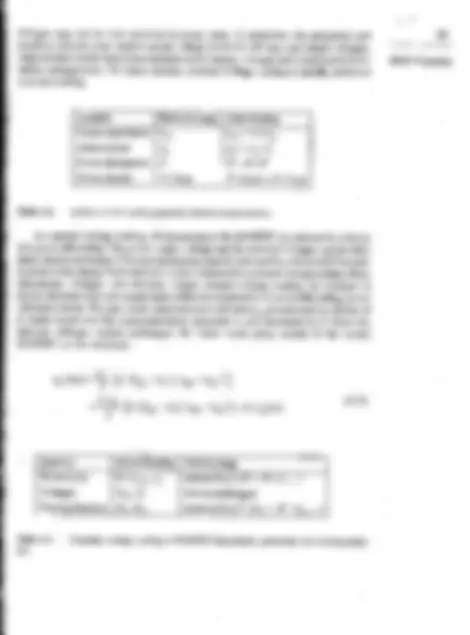


Study with the several resources on Docsity

Earn points by helping other students or get them with a premium plan


Prepare for your exams
Study with the several resources on Docsity

Earn points to download
Earn points by helping other students or get them with a premium plan
Community
Ask the community for help and clear up your study doubts
Discover the best universities in your country according to Docsity users
Free resources
Download our free guides on studying techniques, anxiety management strategies, and thesis advice from Docsity tutors
3rd edition Sung-mo kang Yusuf Lablebici
Typology: Thesis
1 / 683

This page cannot be seen from the preview
Don't miss anything!





























































































Boltzmann's constant
Electron charge
Thermal voltage
Energy gap of silicon (Si)
Intrinsic carrier
concentration of silicon (Si)
Dielectric constant
of vacuum
Dielectric constant
of silicon (Si)
kT/q 0. (at T= 300 K)
(at T = 300 K)
ni 1.45 x 1010
60 8.85 x 10-
ESi 11.7 x O
Dielectric constant of silicon dioxide (SiO 2 )
giga mega kilo milli micro nano pico femto
k
q
1.38 x 10-23 J/K
V
eV
cm7^3
F/cm
F/cm
k m In
n p f
109 106 103 10- 10- 10- 10- 10-
Copyrighted Material
McGmlfl-Hill Higher Education sz
A Division of'f1tt' M:Ora•·H ill Omtpanics
CMOS DIGITAL lNTEORATEO CIRCUITS: ANALYSIS ANDD€SIGN TliJRD EDITION
Pi•blislled by McGr:t\o'·HiU. a businCS.'!unil o(The McOrnw·Hill Comp:mic s. Inc.. 122 I Avenue oftheAtnericas, New YO•'k, NY 10020. Copyrighl() 2003. 1999, 1996 by The McOrsw-Hill Companies, loc. All rights �!laved. No Jllll't of lhis publkation muy be reproduooc.l (^) or di�triboted in My form or by any means. or stored in l.ll.iatilbi•St Of teltleval systenl. without the prior wr inw consent o(The McCr-.1w·Hill Co.npanks. Inc .. including. but oot limih!d t(), in any nctviotk or ()(her electronic SlorlgC or I.Jnnsm•ssion. ()r bl'l);ui�M for distance lenming.
Some: ;uKiUaries, inc-luding electronic and prim compoDCnts. nl:l)' n(lt bt ;h';lll:d)IC to eusaomcrs ouiSide the United Stutt5.
Tbi$ boot Is r-imed on acid·froc PQper.
Jntcmational Pon�oestic
2 J4 56 7 8 90 QPF/QP1'09 8765 4 3 2 3-1 56 7 8 9 0 QPF/QPF 0 98 7 6 S 4 3
ISBN G-07-246053- ISBN �-119644-7(1SE)
PuhU:Ulet: Ell:.aMthA. Jones Senior t.])OOIIOrint, edil(lr: Crul;�ePmllwlt Developmenlal editor: Mklr�:.llt: 1... f.'l(»f'U'rdwfi Executive marketing manager: John UlmnemtKI!er Senior project manager: Ro.�e Koos Produe1ion super ''i.SQf': S/t crry {... Kcme Media projce1manager. Jodi K. &t 1 1 0'n'..rt. Senior media technol�y producer: Plt llllp MNk Coordinato r of(l'tltliiOce design; Rick D. NOt:! COver designer: Sht!li(Jit Borreu Co'•c:r ima.ge: Dt'C Alt/Jm mif:Jt�rtN.:esSI)r cltlp phologmplt, �nesy /tfidwellkn-idrm•. fh,it/(J Swte UnlwrsityNmiorwl 1/iglt Magnetir; f"it:lr/ Lulwrow r. v Composi1or: lmemctRoe Compositim• CorpomtiQ1t 'JYptft�te:: JOI121iJ�W Roman Printer: Qu(becQr %rid f'tlirfit:M, PA
Library orCong.ras Cnllll(l�ln�·ln-Publkation Oaca
Kang, Sung·�IO, 1945- CMOS digital imeyatcd circuits^ :^ analysis^ :md^ d�lgn^ I Sung-Mo^ (Sit'�·c)^ Kang.^ Yusur LeblebicL -3rd cd. p. c1n. lnc:ludes biblk>y.tphie:tl references and indc:.x. lSBN 0-07-24605�9- ISDN 0.00-119644-7 (ISE)
TK7871.99.M44 K36 2003
621.39'5-dcll
lNT'ERNATIONALEDITION ISBN 0-07-119644-
2002026558 CIP
Cop)'ri,a.hl 0 2003. Exclusi� tighLS byThe McGraw-Hill CompaniQ.. Inc., for mOlnuf;u.:ture ;tnd expcJrL 'lnil boot cannot be rt·C.XJIOC1cd from the ooontry towtaicb it is llold by Mc.:Gr;,w.liill. The lntemation;•l Edilion1s nOi tl'ilil:•ble ln Nanh An..eric :t...
www.mhhe.com
Copyrighted Material
ABOUT THE^ AUTIORS
Sung-Mo (Steve) Kang received the Ph.D. degree in electrical engineering from^ the
University of California at Berkeley. He has worked on CMOS VLSI design at AT&T
Bell Laboratories at Murray Hill, N.J. as supervisor and member^ of^ technical^ staff of
high-end CMOS VLSI microprocessor design. Currently, he^ is^ professor^ and^ head^ of^ the department of electrical and computer engineering at the University of^ Illinois^ at^ Urbana- Champaign. He was the founding editor-in-chief of the IEEE Transactions^ on^ Very^ Large Scale Integration (VLSI) Systems^ and^ has^ served^ on^ editorial boards^ of^ several^ IEEE^ and international journals. He has received a Humboldt Research Award for Senior US Scientists, IEEE Graduate Teaching Technical Field Award, IEEE Circuits and Systems Society Technical Achievement Award, SRC Inventor Recognition Awards, IEEE CAS Darlington Prize Paper^ Award^ and^ other^ best^ paper^ awards.^ He^ has^ also^ co-authored DesignAutomationforTiming-DrivenLayout Synthesis, Hot- CarrierReliabilityofMOS VLSI Circuits, Physical Design for Multichip Modules,^ and^ Modeling^ of^ Electrical Overtstress in^ Integrated^ Circuits^ from Kluwer^ Academic^ Publishers,^ and^ Computer- Aided Design of Optoelectronic Integrated Circuits and Systems from Prentice Hall.
Yusuf Leblebici received the Ph.D. degree in electrical and computer engineering from the^ University^ of^ Illinois^ at^ Urbana-Champaign.^ He^ was^ a^ visiting^ assistant professor of^ electrical^ and^ computer^ engineering at^ the^ University^ of^ Illinois^ at^ Urbana- Champaign, associate professor of electrical and^ electronics^ engineering^ at^ Istanbul Technical University, and invited professor of^ electrical^ engineering^ at^ the^ Swiss Federal Institute of Technology in Lausanne, Switzerland. Currently,^ he^ is^ an^ associate professor of electrical and computer engineering at^ Worcester Polytechnic^ Institute. Dr. Leblebici is also a member of technical staff^ at^ the^ New^ England^ Center^ for Analog and Digital Integrated Circuit Design. His^ research^ interests^ include^ high- performance digital integrated circuit architectures, modeling and^ simulation^ of^ semi- conductor devices, computer-aided design^ of^ VLSI^ circuits, and^ VLSI^ reliability^ analy- sis. He has received a NATO Science Fellowship Award, has been^ an^ Horiors^ Scholar of the Turkish Scientific and Technological Research Council, and^ has^ received^ the Young Scientist Award of the same council. Dr. Leblebici has co-authored^ about^ fifty technical papers and two books.
PREFACE
Acknowledgements (^) for the First Edition
Chapter 15, Designfor Manufacturability.
xiv
Preface
CHAPTER (^1)
INTRODUCTION
The electronics industry (^) has achieved a phenomenal growth (^) over the last few decades, mainly due to the (^) rapid advances in integration technologies (^) and large-scale systems design. The use of integrated (^) circuits in high-performance computing, (^) telecommunica- tions, and consumer electronics (^) has been growing at a very (^) fast pace. Typically, the required computational (^) and information processing power of (^) these applications is the driving force for the fast (^) development of this field. Figure 1.1 (^) gives an overview of the prominent trends in information (^) technologies over the next decade. The current leading- edge technologies (^) (such as low bit-rate video and (^) cellular communications) already provide the end-users (^) a certain amount of processing (^) power and portability. This trend is expected to continue, (^) with very important implications (^) for VLSI and systems design. One of the most (^) important characteristics of information services is their increasing need for very (^) high processing power and bandwidth (^) (in order to handle real-time video, (^) for example). (^) The other important characteristic (^) is that the information services (^) tend to become more personalized, which means that (^) the information processing devices must be more (^) intelligent and also be portable to (^) allow more mobility. This trend towards
portable, (^) distributed system architectures is (^) one of the main driving forces for system
integration, even (^) though it does not preclude a concurrent (^) and equally important trend towards (^) centralized, highly powerful information systems such as those required (^) for network computing (NC) and video services. As more and more complex functions (^) are required in various data processing (^) and telecommunications devices, the need to integrate these functions in a small (^) package is also increasing. The level of integration (^) as measured by the number of (^) logic gates in a
I Speech processing/recognition |
Wireless/cellular data communication
I Consumer electronics]
I Personal computers I
(# of logic blocks per chip)
Single transistor 1958 < 1 Unit logic (one gate) 1960 1 Multi-function 1962 2 - 4 Complex function 1964 5 - 20 Medium Scale Integration (MSI) 1967 20 - 200 Large Scale Integration (LSI) 1972 200 - 2, Very Large Scale Integration (VLSI) 1978 2,000 - 20, Ultra Large Scale Integration (ULSI) 1989 20,000 -?
I- C
c
complexity, which was made in the early 1960s (Moore's Law). It can be observed that in terms (^) of transistor count, logic chips contain significantly fewer transistors in any given year mainly due to large consumption of chip area for complex interconnects. Memory circuits are highly regular, and thus more cells can be integrated with much less area for interconnects. This has also been one of the main reasons why the rate of increase of chip complexity (transistor count per chip) is consistently higher for memory circuits.
0 0. CD 0 U
a,
C a) 0
. E
Year
Figure 1.3. Level of integration versus time for memory chips and logic chips.
Digital CMOS (Complementary Metal Oxide Semiconductor) integrated circuits (ICs) have been the driving 'force behind Very Large Scale Integration (VLSI) for high- performance computing and other scientific and engineering applications. The demand for digital CMOS ICs will be continually strong due to salient features such as low power, reliable performance, circuit techniques for high speed such as using dynamic circuits, and ongoing improvements in processing technology. It is now projected that the minimum feature size in CMOS (^) ICs can decrease to 0. gum within a few years. With such a technology, the level of (^) integration in a single chip can be on the order of several hundreds of millions of transistors for logic chips or even higher in the case of memory chips, which presents an immense challenge for chip developers inprocessing, design methodology, testing, and projectmanagement. (^) Through
puter-aided design (^) (CAD) tools, ultra-large-scale problems should be solvable. Bipolar (^) and gallium arsenide (GaAs) circuits have been used for very high (^) speed Introduction circuits, (^) and this practice may continue. (^) For instance, in Monolithic Microwave (^) Inte- grated Circuits (MMICs), GaAs (^) MESFET (MEtal Semiconductor (^) Field Effect Transis- tor) technology has been highly (^) successful. However, they are still (^) not efficient for VLSI or Ultra Large Scale Integration (ULSI) due to processing (^) difficulties and high power consumption, although for special applications their use may continue. As long as the downward scaling of (^) CMOS technology remains strong, (^) other technologies are likely to remain (^) the technology of tomorrow.
The objective of this book (^) is to help readers develop in-depth (^) analytical and design capabilities in digital CMOS (^) circuits and chips. The development (^) of VLSI chips requires an interdisciplinary (^) team of architects, logic designers, circuit and layout designers, packaging engineers, (^) test engineers, and process and (^) device engineers. Also essential are the computer (^) aids for design automation and (^) optimization. It is not possible to discuss (^) the full spectrum (^) of development issues in any (^) single book. Therefore, this book concentrates on digital circuits and also presents related (^) materials in processing and device principles essential to (^) in-depth understanding of CMOS (^) digital circuits. Often readers can become lost in (^) details and fail to see the global picture. (^) For VLSI circuit design, however, it is important (^) that the design be done in the (^) context of global optimization with proper boundary (^) conditions. In fact, the beauty of integrated (^) circuits is that the final design goal is the concerted performance of all interconnected transistors, and not of individual transistors. (^) Therefore, the interconnect issues (^) are almost as important as the issues (^) of individual transistors.-No matter (^) how well an individual transistor performs, if the technology fails to have equally good (^) interconnects, the total performance can be very poor due to large parasitic (^) capacitances and resistances; these translate into a large delay in the interconnection lines between (^) transistors or logic gates. This volume (^) is intended as a comprehensive textbook for senior-level undergradu- ate students and (^) first-year graduate students in an (^) advanced course on digital circuit design. The material presented in this book should (^) also be very useful to practicing VLSI design engineers. (^) Most of the material presented (^) has been taught over several years in undergraduate (^) and graduate-level courses in (^) the department of electrical and computer engineering (^) at the University of Illinois at Urbana-Champaign. (^) It is assumed that the readers of this book already have (^) sufficient fundamental background (^) on semiconductor (^) devices, electronic circuit design (^) and analysis, and logic theory. (^) While the interactions among logic design, (^) circuit design, and layout design (^) are strongly emphasized throughout the text, the main focus is on transistor-level circuit design and analysis. This requires a fair amount (^) of detailed current and voltage calculations, (^) as well as a good understanding of (^) how device characteristics affect overall circuit performances, such as propagation (^) delay, noise margins, and power dissipation. The relational ordering (^) and extent of the topics covered in (^) a typical digital integrated circuits course are depicted in Fig. 1.4. First, a fundamental knowledge (^) of basic device physics is required to understand (^) and use various MOSFET device models in circuit